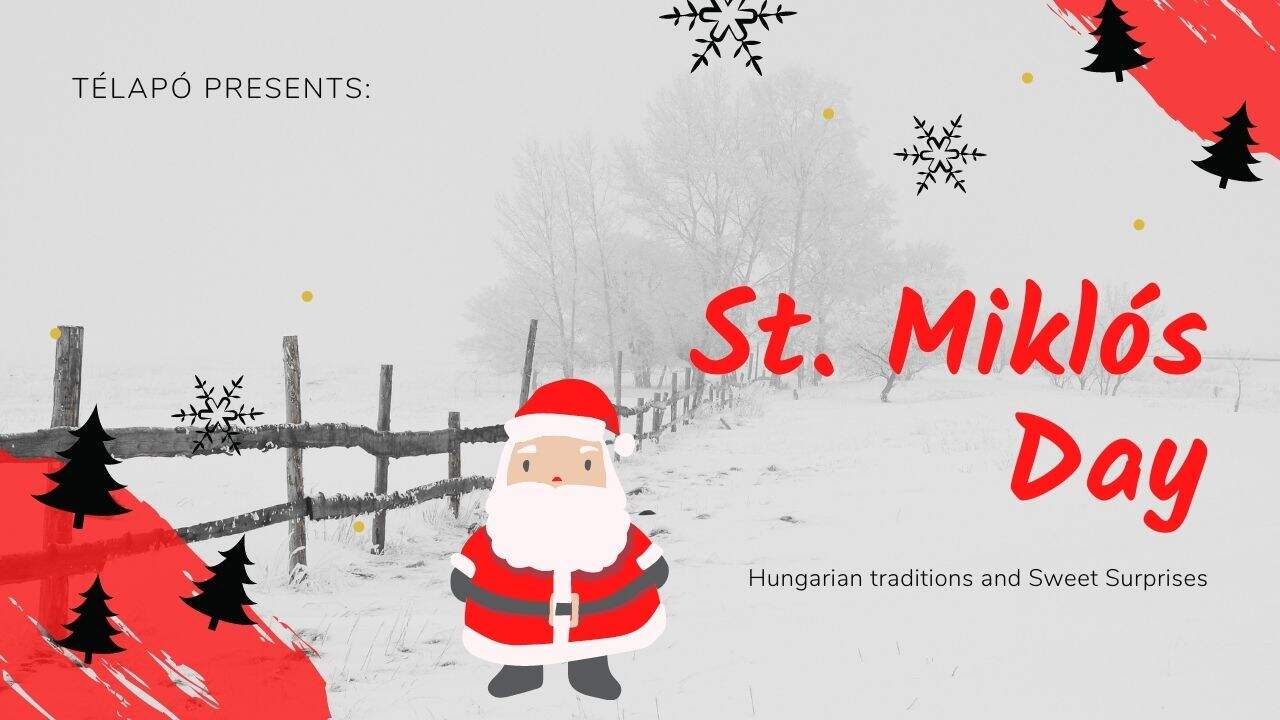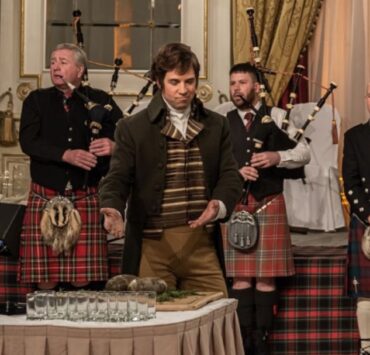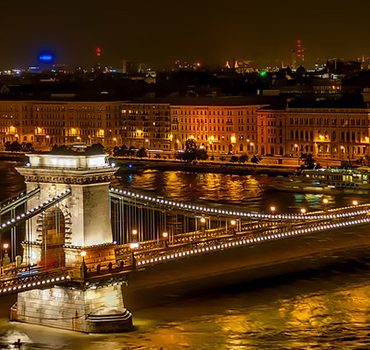Everyone has that one, specific moment at which the holiday spirit hits them in the face. Some start when the first Christmas-themed products appear on the shelves of stores (mid-September these days). For some, it’s Thanksgiving, and for a great many, it’s the second they realize that they haven’t gotten any presents and it’s only a few weeks/days left till Christmas.
I have a very robust Catholic background, so during my childhood the tingling of the holiday feels usually started creeping up on me when we lit the first Advent candle. Then that tingling turned into brewing excitement as I waited for Santa Claus to arrive on 6th December! That’s right, ol’ Saint Nick comes early in Hungary (that was dirty on purpose.)
You see for us, Santa Claus is not only an old fat dude in red, but an actual separate occasion called Mikulás. It’s not a bank holiday but we get presents! When I say we, I mean children, but my inner child does receive a – albeit sugar-free – candy bar on this day, because one must not neglect one’s inner child.
The bishop of Myra
The basis for this kind old gentleman is Saint Nicholas, the bishop of Myra, whose life is woven through with myths and legends. Apparently, upon the passing of his parents, he thought that his vast fortune should be used to praise God, so he began helping others.
A bejegyzés megtekintése az Instagramon
Hungarian Santa arrives on 5th
Hungarian children polish their boots on 5th December and put them on the windowsill before going to bed. Then in the dead of night, Santa puts gifts into them (chocolates, fruits and nuts for the good children, and coal or a birch switch for the bad ones), and alas, the holiday sugar rush is inevitable from this point forward. Let me tell you, no Hungarian kid wakes up so easily as they do on 6th December.
Santa and his doppelgangers (middle-aged men dressed in lame versions of the well-known red suit) might pop up at schools, malls and various places, so if your kid’s lucky, their candy will last them until the New Year.
This tradition is also well known in Romania, Slovenia, Czechia, Slovakia, Croatia and Poland, so I guess it’s safe to say that finally, the Central European region has something awesome that the Western world lacks. Ha!
A bejegyzés megtekintése az Instagramon
Santa’s little helper
In Hungary, there is no Mrs Santa, but Mr Santa does have some helpers: a good Angel who gives out presents to children who were nice, and a ‘Krampusz’, a mean elf – or an interpretation of the Devil, of whom I’ll write separately – who punishes naughty children.
A bejegyzés megtekintése az Instagramon
‘Cause he’s a jolly old fellow…
There are as many interpretations of this jolly old fellow as there are countries in the world. But whilst you reside in Hungary, a truly Hungarian way to go about it is to have a chocolate Santa! (Put it in your boot first, of course!). For some reason, Hungarians decided that eating the Mikulás was the way to drum up some holiday spirit. Production of these delightful little figurines was started in 1934.
Today’s versions are mostly made out of a less-than-acceptable quality, barely edible chocolate coating material that lacks in taste but makes up for it in the satisfaction when you bite the head off of a representation of a saint… blasphemy at its finest!




